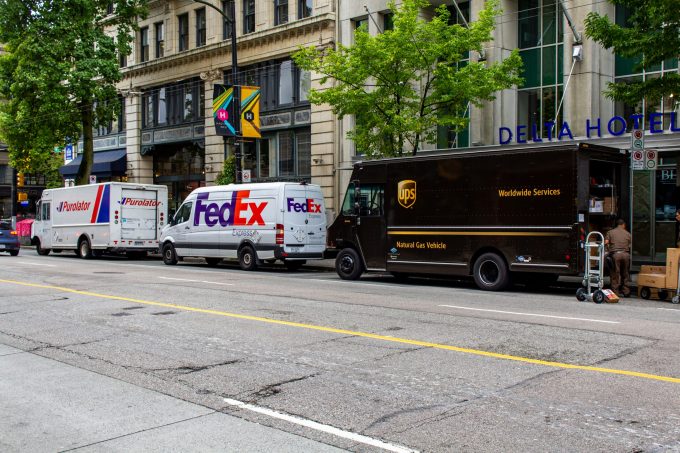Amazon Air’s metamorphosis: 'a different air cargo unit from two years ago'
Amazon Air is in a new stage of its development, characterised by moves to optimise ...

UPS is first out of the gates in announcing surcharges for the coming peak season – and its plans are ominous for shippers.
The integrator’s surcharges significantly exceed peak 2023 levels: it has introduced a second demand surcharge for customers that ship over 20,000 packages in a week, which ranges from $1.50-$8.25, on top of the basic demand surcharge of between $0.25 and $2.
For additional handling, customers pay between $7.95 and $9.25, up from $6.90 ...
USTR fees will lead to 'complete destabilisation' of container shipping alliances
Outlook for container shipping 'more uncertain now than at the onset of Covid'
Flexport lawsuit an 'undifferentiated mass of gibberish', claims Freightmate
Shippers warned: don't under-value US exports to avoid tariffs – 'CBP will catch you'
Cancelled voyages take the sting out of spot rate declines this week
New Houthi warning to shipping as rebel group targets specific companies


Comment on this article